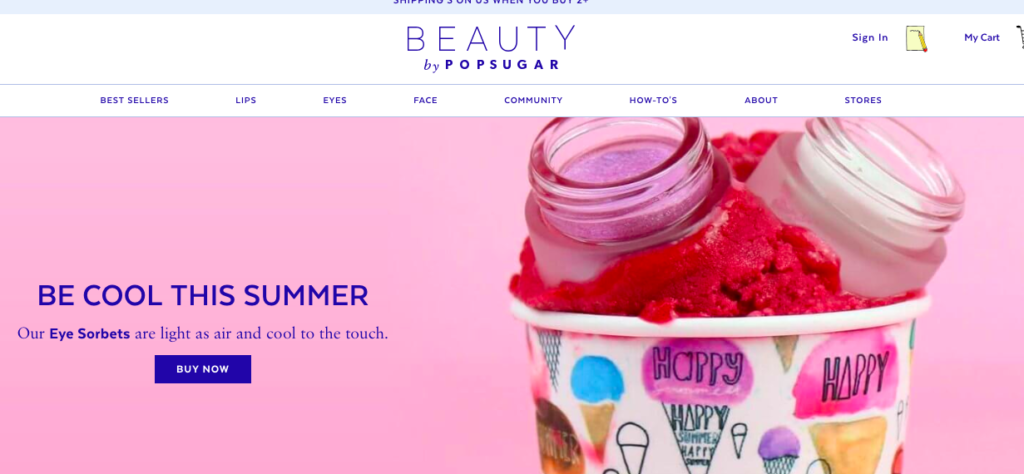
The times are a’changing in the world of commerce for publishers. Just this May, Digiday held a Hot Topic Conference in New York City devoted to the subject of commerce alone. It’s clear that publishers are hungry to replicate the success of their peers like Gizmodo Media Group and Business Insider, and to fill the growing revenue gap caused by a shifting digital landscape ruled primarily by Facebook and Google. Commerce for publishers is no longer a foreign concept as it was only a few years ago when we first launched our white-labeled shop product. But let’s skip the nostalgia, and move right to the state of publishers and commerce today in 2018.
Affiliate Rules, But Proceed with Caution
As part of the above-mentioned Hot Topic conference, Digiday surveyed 53 publisher executives on commerce initiatives. Of those publishers, just over half reported that at least 75% of commerce revenue came from affiliate programs.
And for good reason. When it comes to harvesting a new commerce strategy, affiliate commerce is the most straightforward path to revenue. More and more brands are offering direct affiliate links, which leaves publishers tasked with a familiar role: producing content and linking to products that will interest their readers. Simple, right?
Not so fast. Affiliate revenue streams, while relatively easy to implement, can amount to pennies and dimes when you subtract the cost of an expanded editorial team. Affiliate margins are notoriously small; Digiday reports that Dotdash’s affiliate commissions were as low as 2 or 3 percent. In addition, there are well-documented issues with purchase attribution on mobile that further depresses effective commissions for publishers. And while producing a higher volume of content may appear to be the solution, publishers are then left with the cost of growing full editorial teams devoted to writing commerce articles. Buzzfeed reported a full-time commerce team consisting of 19 writers last November. Scaling commerce content in an efficient, revenue positive way — while remaining faithful and authentic to the core mission and voice of the brand — is the needle publishers are attempting to thread.
Amazon Is Risky
Where does Amazon, the king of all e-commerce, fit into all this? While Amazon may be the most obvious choice for quickly scaling a commerce program, publishers are beginning to grow weary of depending on digital behemoths for consistent revenue. Just consider how much a single Facebook newsfeed algorithm change rocked the online publisher landscape this past January.
Instead, publishers are looking to lean into their strength: the readers, i.e. the fans. As Christopher Vollmer put it, “Fans watch more, listen more, participate more, share more, advocate more, and create more. Most important, fans spend more.“
This is where owned stores and proprietary merchandise come out to play.

Developing Publisher-Owned Stores
Increasingly, publishers are opening their own online stores in hopes of forging an even tighter bond between themselves and their readers. Of the publishers surveyed, Digiday reported that 40% have an online store.
Proprietary shops not only allow publishers to sell products in line with their site ethos, but to engage their readers in a complementary manner. POPSUGAR recently announced a branded makeup line, doubling down on their time-earned reputation as a beauty expert amongst its readers. theCHIVE has owned the t-shirt game since 2011.
But not all publisher shops have been Cinderella stories. A significant handful of publishers have tried and failed at the e-commerce game due to the high-cost and logistical nightmare of running an e-commerce shop. Merchandising, operations, customer service, shipping — opening a shop means essentially opening a new business, and new businesses can fail.

Where Does StackCommerce Fit In?
The above challenge is exactly what drives our team to do what we do. We fill the gap. We offer publishers of all sizes the branded shop — and even the content — so they can scale their commerce efforts while focusing on their actual core business of creating great content. With seven years of experience in e-commerce, and extensive data, we’re able to provide a custom shop experience (site design, merchandising, operations, customer service, etc.) for our publisher partners with virtually no risk. And best yet, we’re able to offer much more attractive economics compared to typical affiliate, which can make a significant net impact on their monetization portfolio.
We’ve been riding the eb and flow of the commerce wave since the beginning, and are incredibly inspired to see the success publishers are having within the past year. There’s no place we’d rather be than helping publishers succeed financially so they can continue to provide valuable content to their readers every day. With all the rapid change, the question is: what will 2019 have in store for us?

